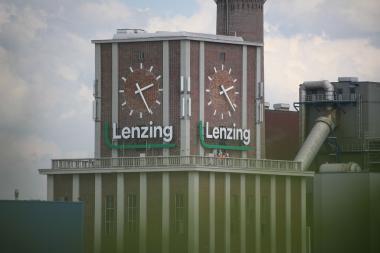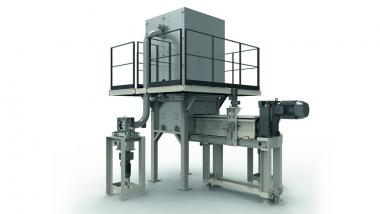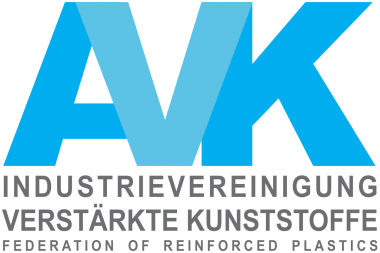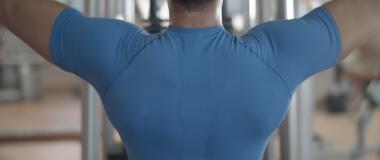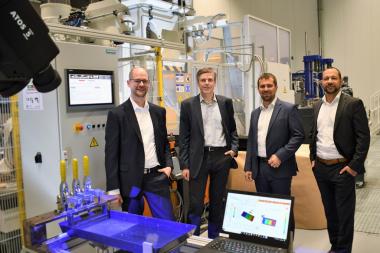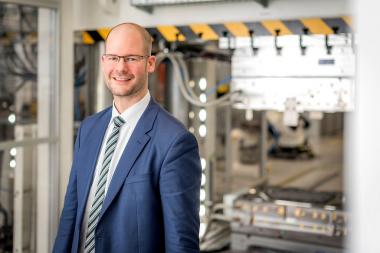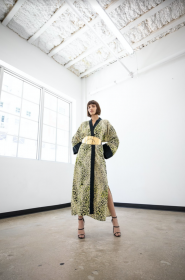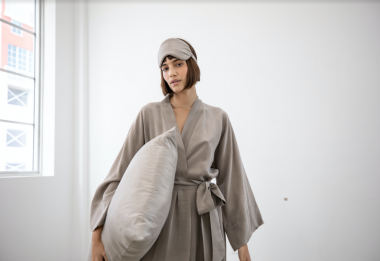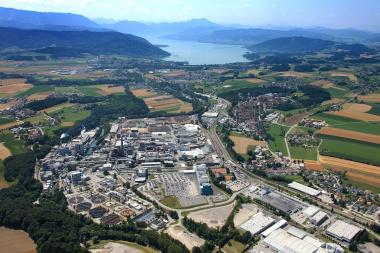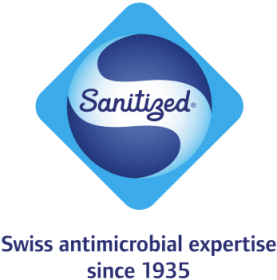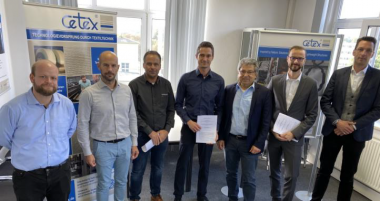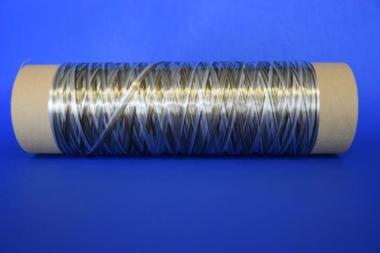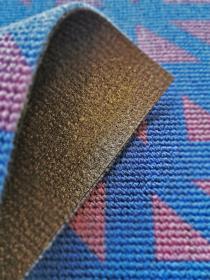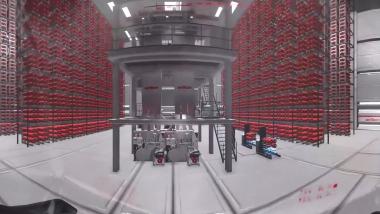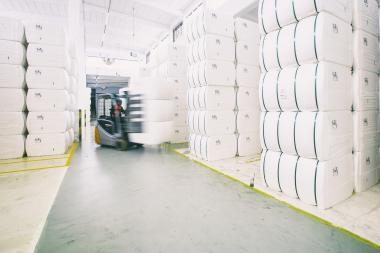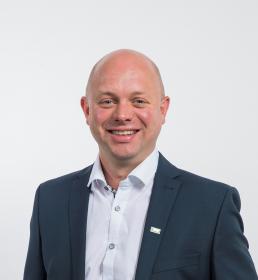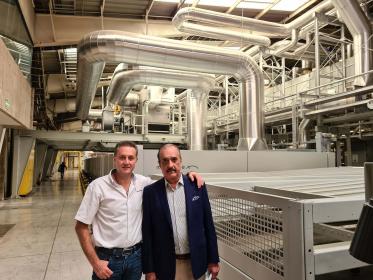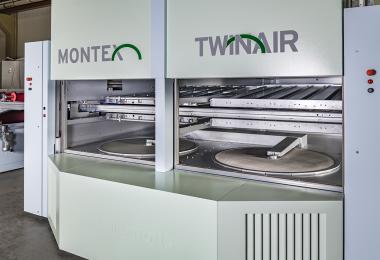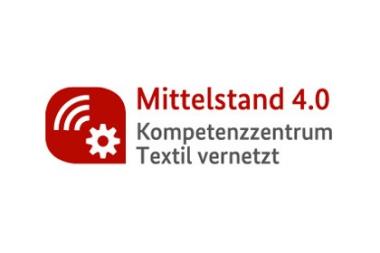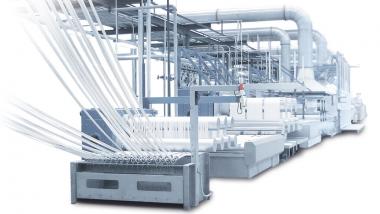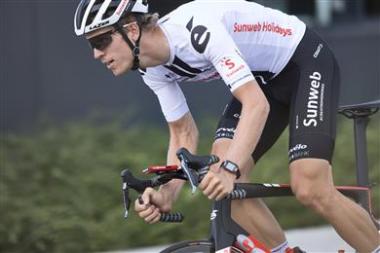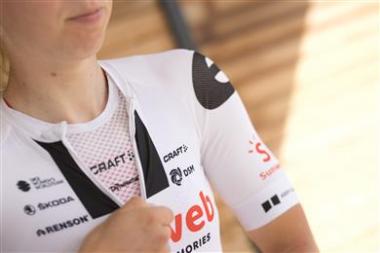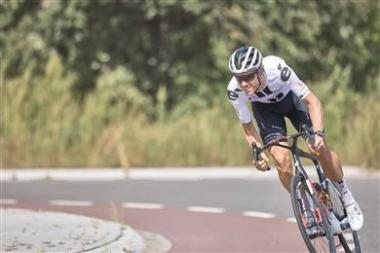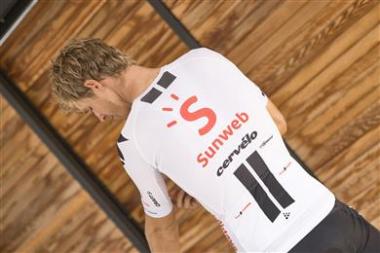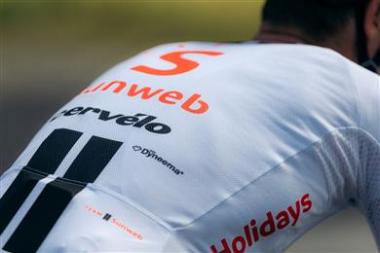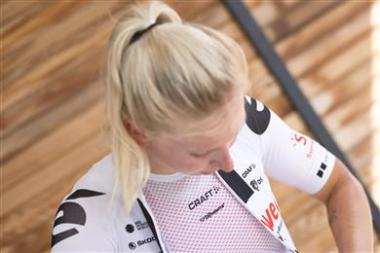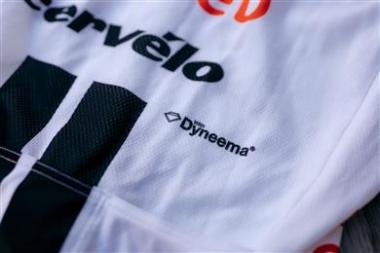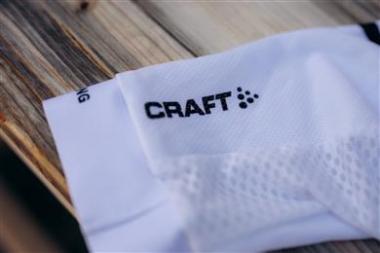Lenzing AG successfully issues EUR 500 million hybrid bond
- Lenzing AG has successfully issued a hybrid bond – a subordinated, unsecured bond – with a total volume of EUR 500 mn and a coupon of 5.75 percent.
The bond was multiple times oversubscribed, has a perpetual tenor and achieves 100 percent IFRS equity accounting due to its structural features. It has successfully been issued following a two-day roadshow with international investors. The denomination of the hybrid bond is EUR 100,000. It is Lenzing’s first hybrid bond on the capital market and will further strengthen the company’s capital structure.
“The success of our hybrid issuance underlines the creditworthiness of Lenzing and the confidence of the capital market in our company. The completion of the transaction strengthens our balance sheet and is a further step in diversifying our financing structure”, said Thomas Obendrauf, Chief Financial Officer of Lenzing AG.
BNP Paribas and Morgan Stanley acted as joint global coordinators and structuring advisors and BNP Paribas, Morgan Stanley and UniCredit as joint bookrunners.
Lenzing AG


